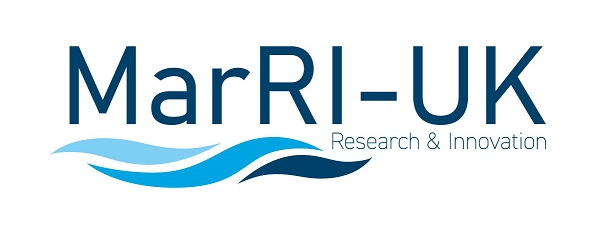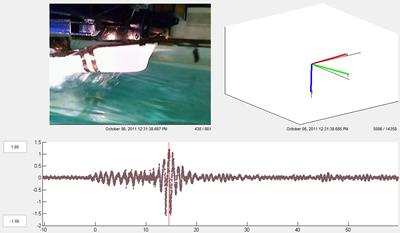Description:
Development of experimental and numerical methods for predicting the behaviour of ships in abnormal, or freak, waves in realistic seas.
Research challenges: To assess the motions and loads experienced by a travelling vessel encountering an abnormal wave, or a sequence of abnormal waves. Use results to assess the risks posed to a vessel with reference to classification society rules. In this research abnormal waves are defined as having a height at least one-tenth of the overall length of the encountering ship.
Experimental methodology: Testing is conducted with a segmented, flexible backbone model of a typical naval frigate in a 60m long towing tank capable of modelling unidirectional, irregular waves. Measurements are taken of ship motions, accelerations and global loads. Synchronised video imagery is used to visualise the attitude of the ship when subjected to the most severe motions and loads.
Methodology: Two dimensional linear and nonlinear hydroelasticity theories, and a three dimensional partly nonlinear seakeeping theory are applied to numerically predict the motions and global loads experienced by the naval frigate in abnormal waves. Numerical predictions are validated using the experimental results.
Research application: The results of this project will be used to evaluate the risks associated with abnormal wave encounters for a ship, and the survivability of vessels encountering an abnormal wave. The validity of current ship design rules when considering abnormal wave encounters will be assessed.


